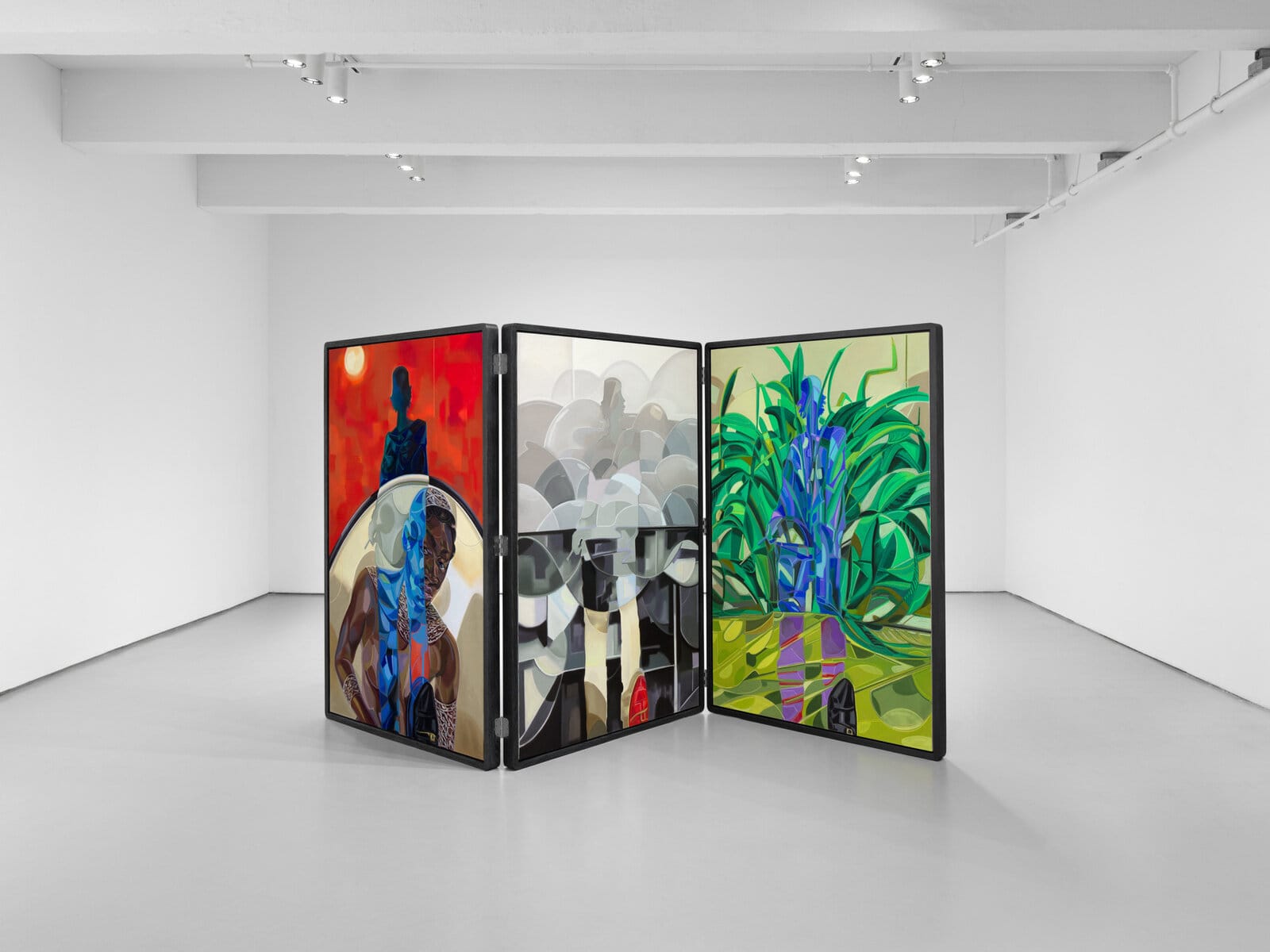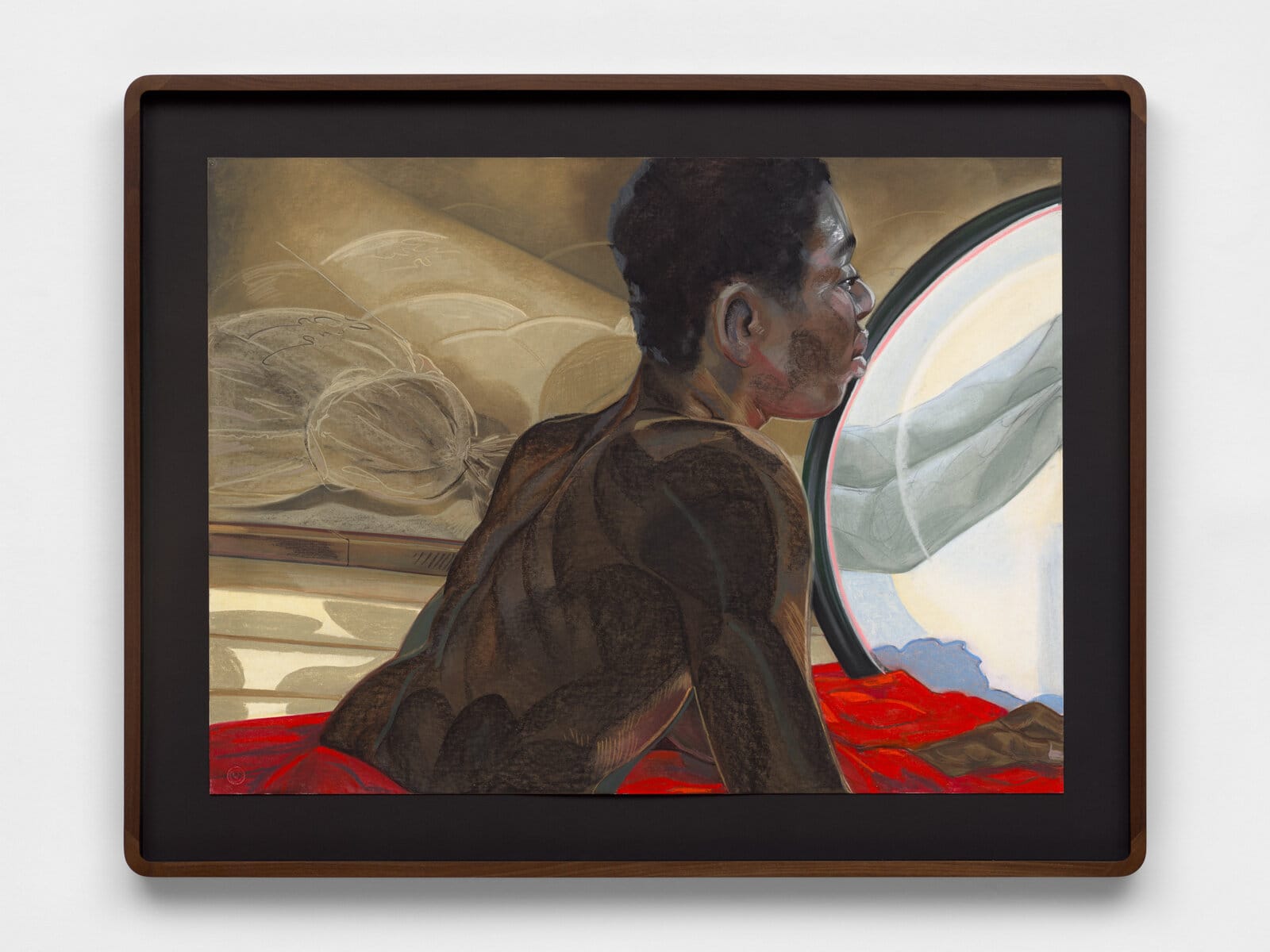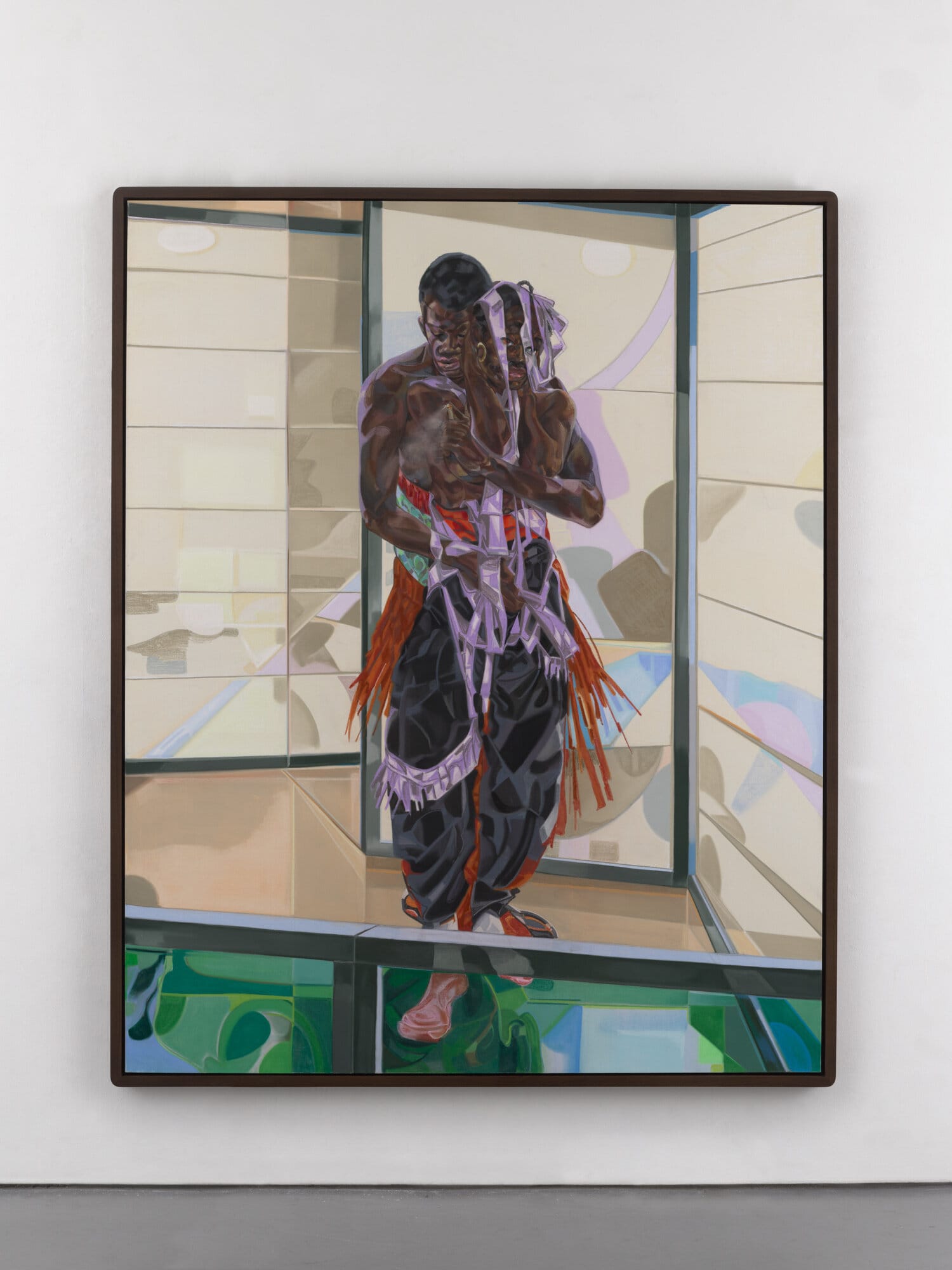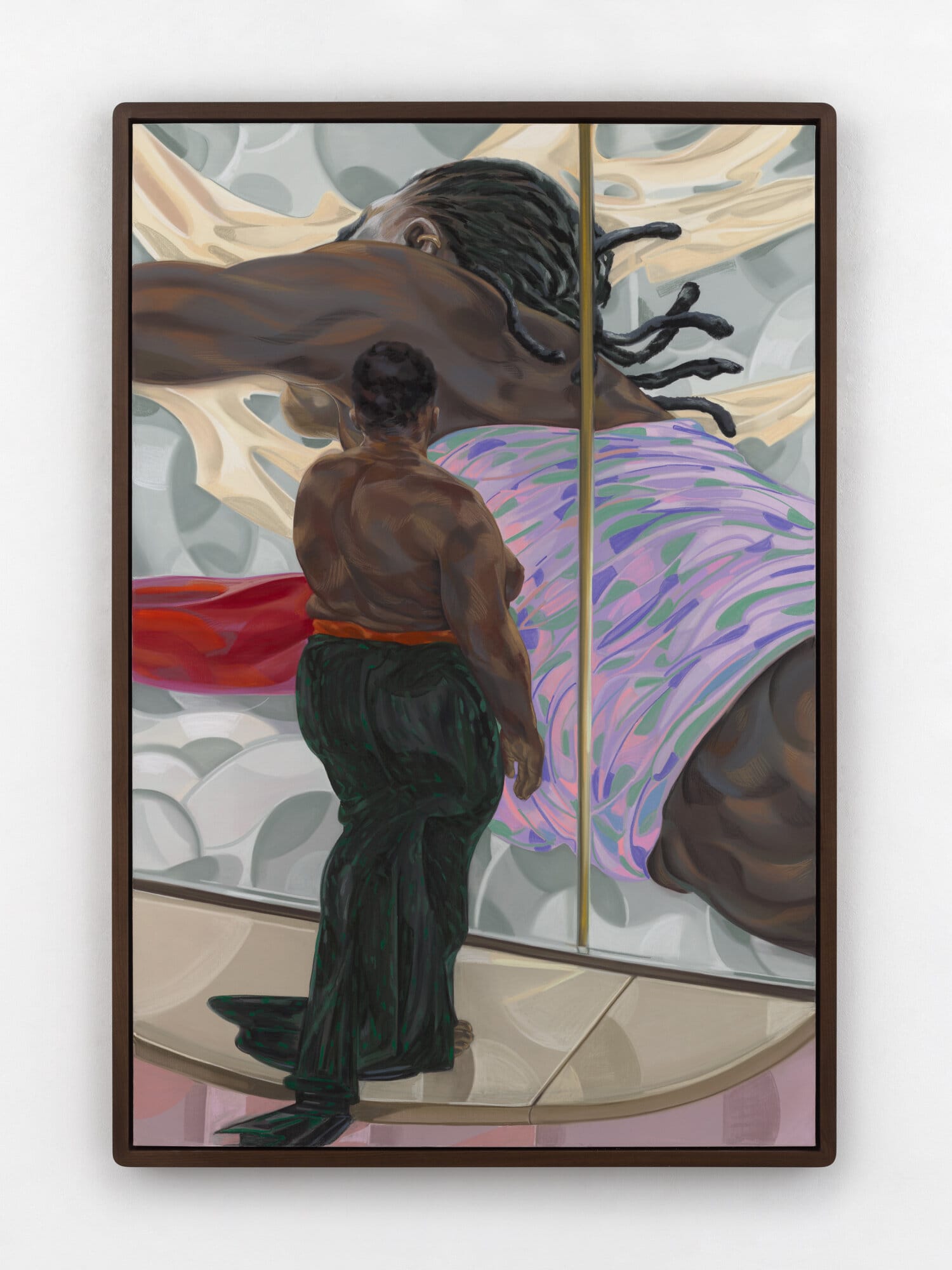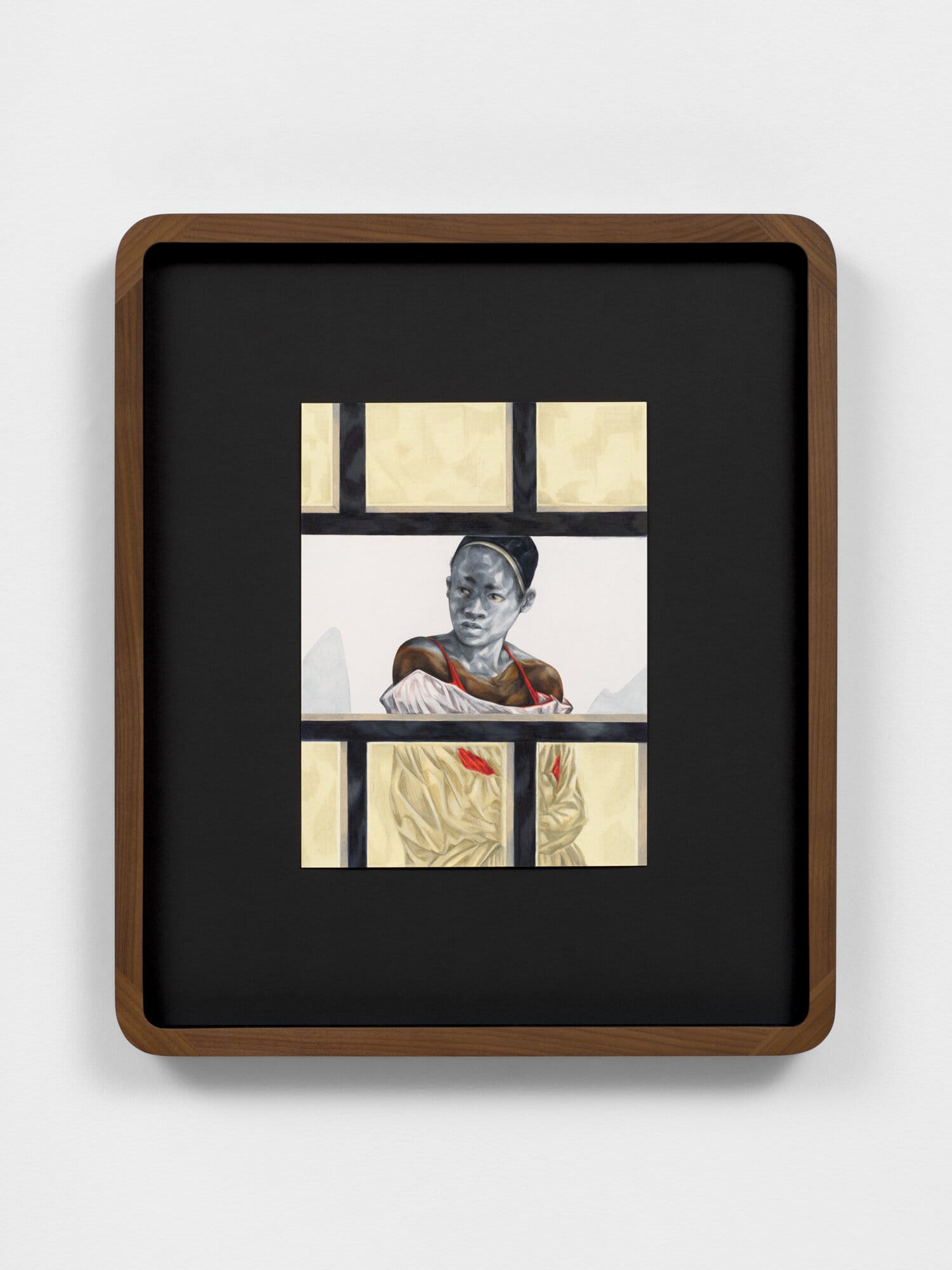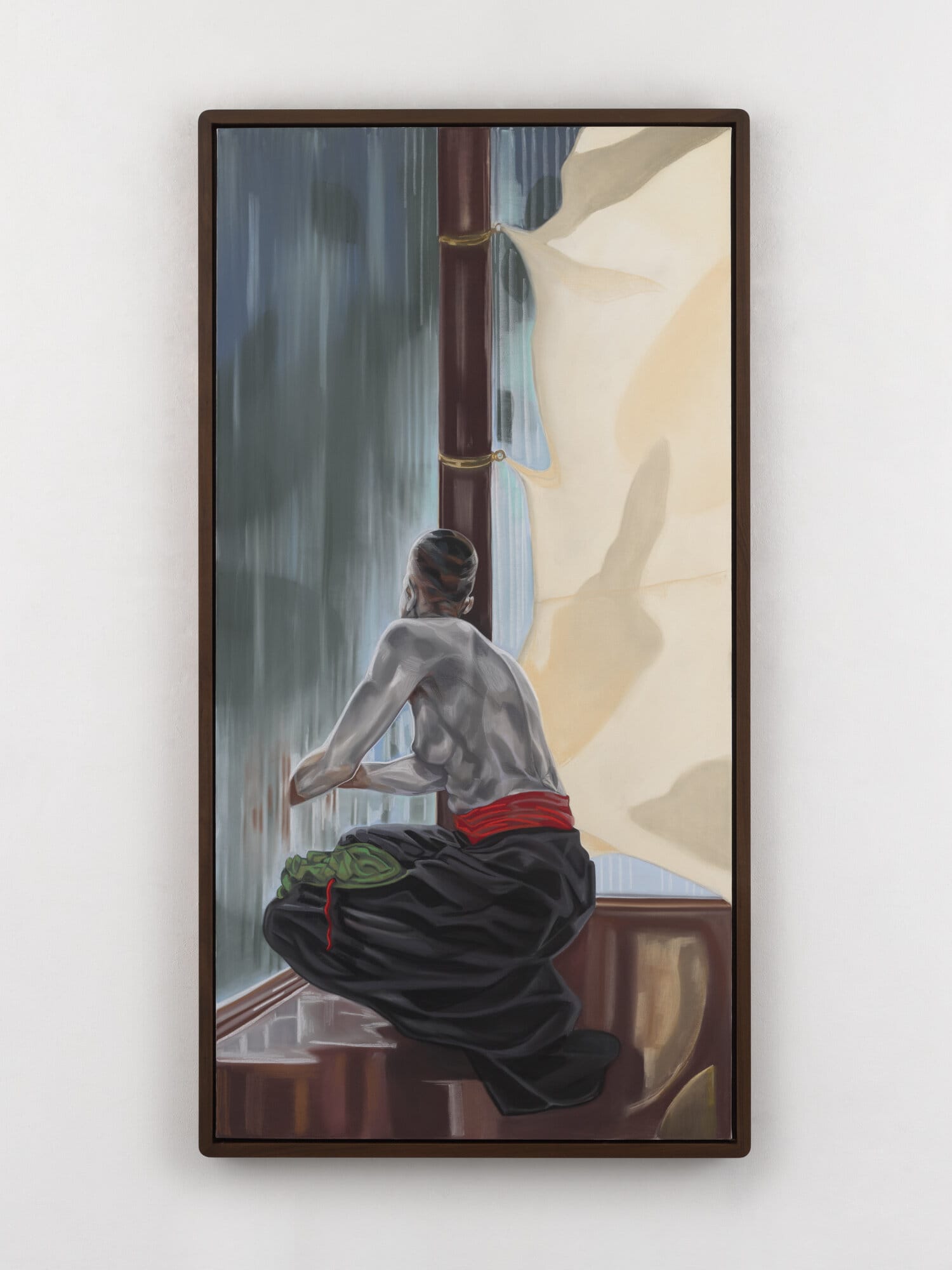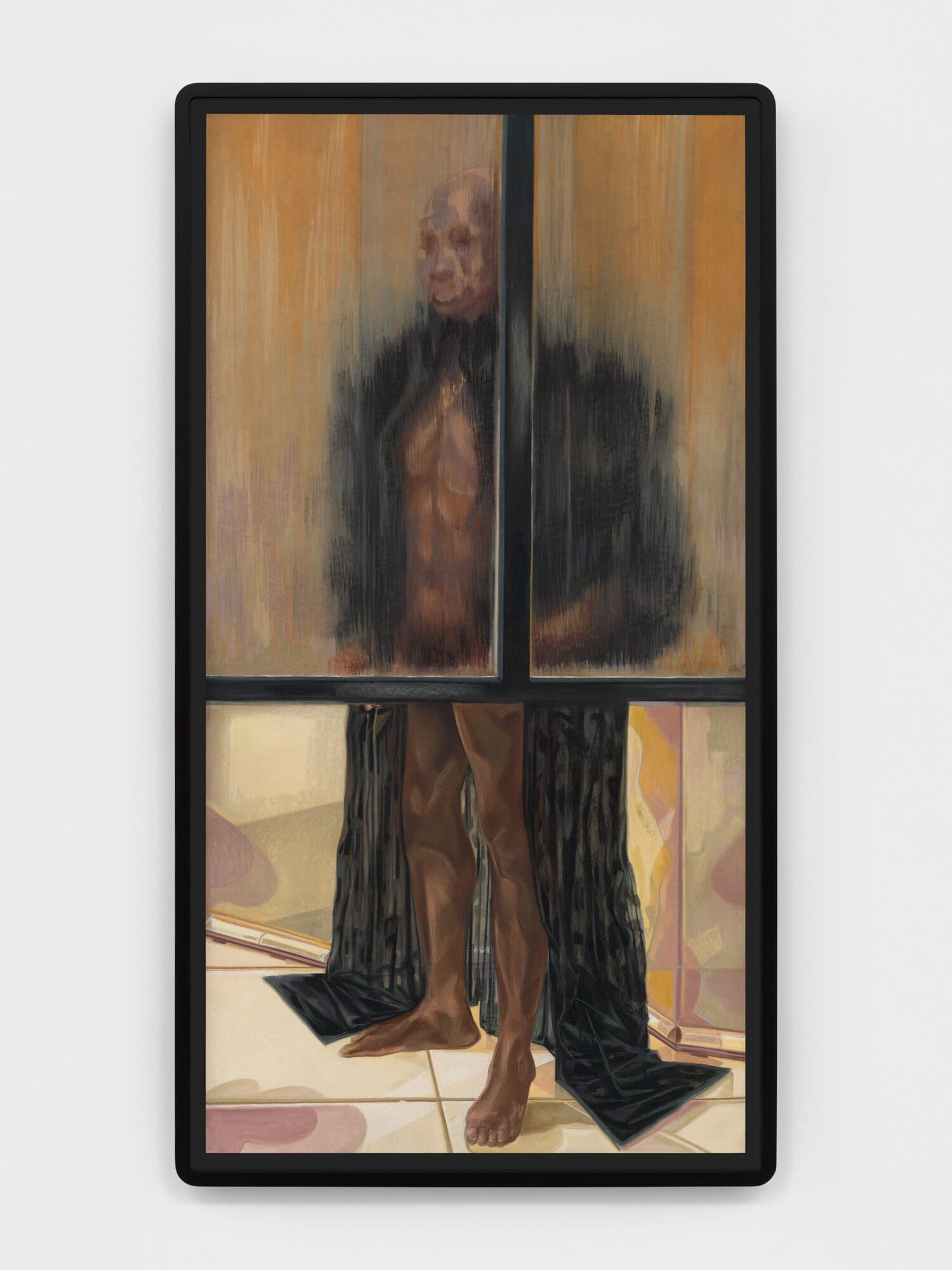Toyin Ojih Odutola’s Ilé Oriaku at Jack Shainman Gallery: A Journey Through Grief, Heritage, and Language
Toyin Ojih Odutola returns to Jack Shainman Gallery with Ilé Oriaku, her seventh solo exhibition at the space, running from May 6 to July 18, 2025.
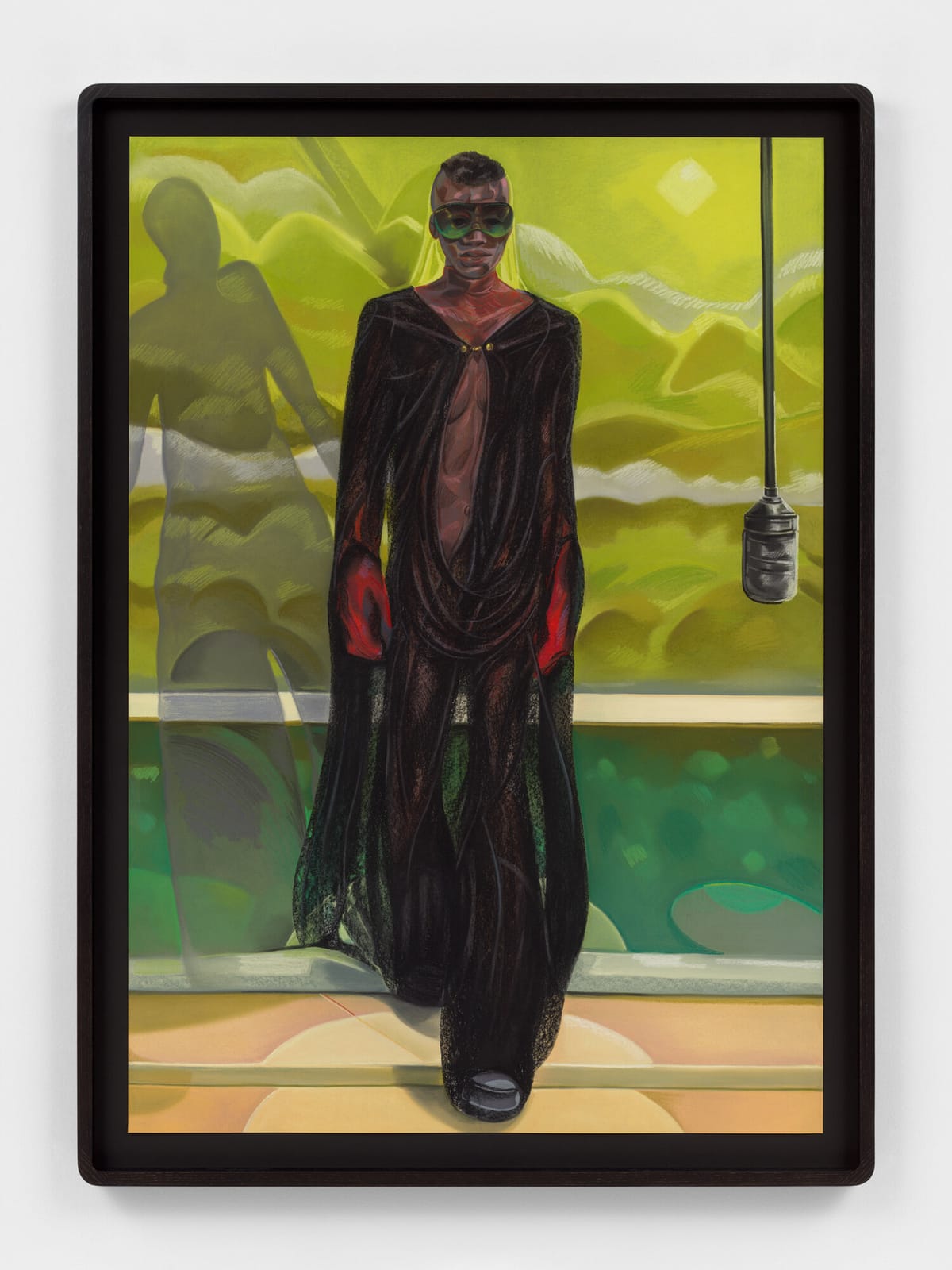
Toyin Ojih Odutola returns to Jack Shainman Gallery with Ilé Oriaku, her seventh solo exhibition at the space, running from May 6 to July 18, 2025. The show presents 31 multimedia works that delve into the complexities of language, memory, and cultural identity, all set within the conceptual framework of an imagined Mbari house—a sacred space rooted in the traditions of the Nigerian Owerri Igbo.
A Personal and Cultural Homage
The title Ilé Oriaku combines the Yoruba word for "house" (Ilé) with the Igbo name of Ojih Odutola’s late grandmother (Oriaku), creating a deeply personal tribute. The artist, who is of both Yoruba and Igbo descent, uses this imagined Mbari house to explore the intersections of her heritage and personal loss. The exhibition serves as a space for spiritual and cultural communion, honoring her grandmother and uncle, and reflecting on the ways language can both bridge and hinder understanding.
Fragmented Spaces and Expressive Figures
Ojih Odutola’s works are characterized by their fragmented architectural spaces and figures caught in moments of transition. Faces are often obscured, and bodies are depicted in motion or partially hidden, emphasizing the themes of indeterminacy and the complexities of communication. The artist refers to her subjects as "spiritual performers," who inhabit these spaces with psychological depth, serving as both portraits and symbolic figures.
Materials and Symbolism
The exhibition showcases Ojih Odutola’s mastery of various materials, including charcoal, chalk, colored pencil, graphite, and pastel on substrates like paper, linen, canvas board, and Dura-Lar film. Her use of color is particularly notable, drawing from the traditions of Mbari art, where pigments carry specific symbolic meanings. For instance, yellow, symbolizing vitality, is sourced from a sacred site along Nigeria’s Imo River, while green, representing renewal, comes from the same river’s clay. These colors not only connect the works to specific cultural traditions but also enhance their emotive power.
Accompanying Monograph
Coinciding with the exhibition is the release of a new monograph, also titled Ilé Oriaku, which documents Ojih Odutola’s recent presentations at Kunsthalle Basel and the Nigerian Pavilion during the 2024 Venice Biennale. The publication offers a closer look at her richly detailed work and includes scholarly texts and creative contributions that further explore the themes present in the exhibition.
